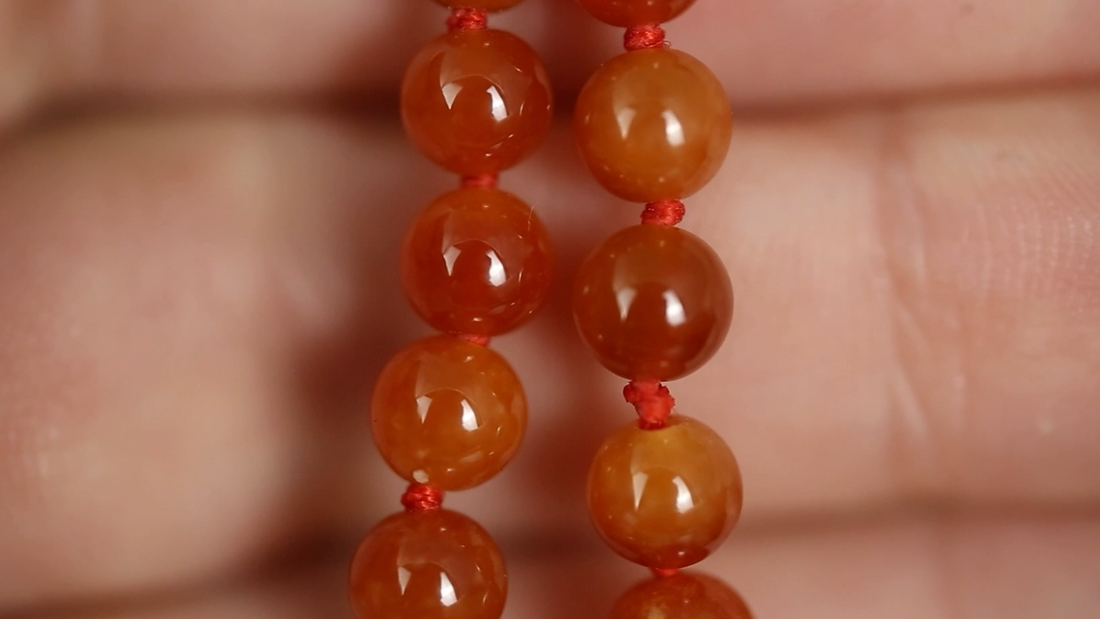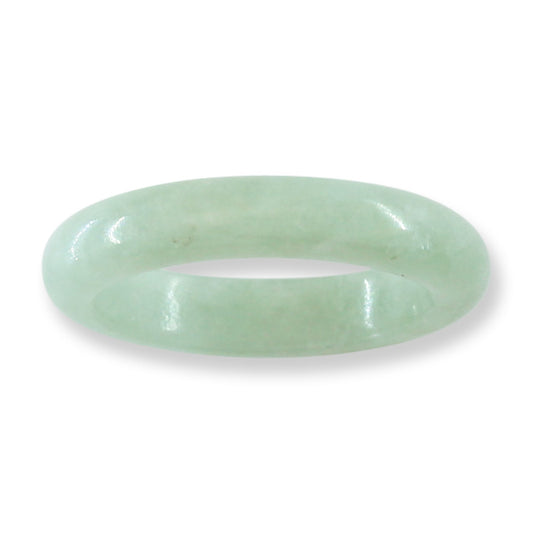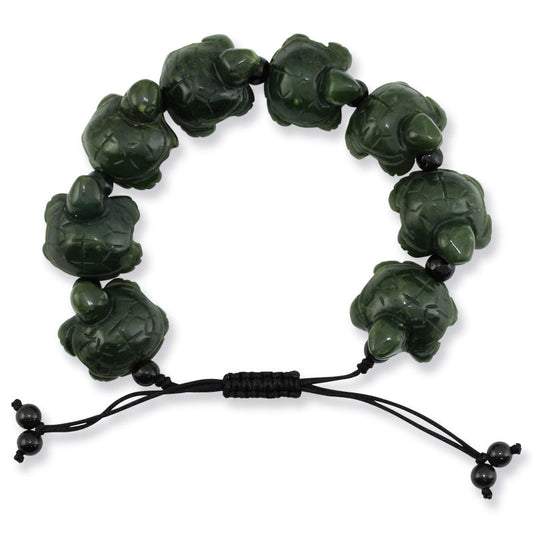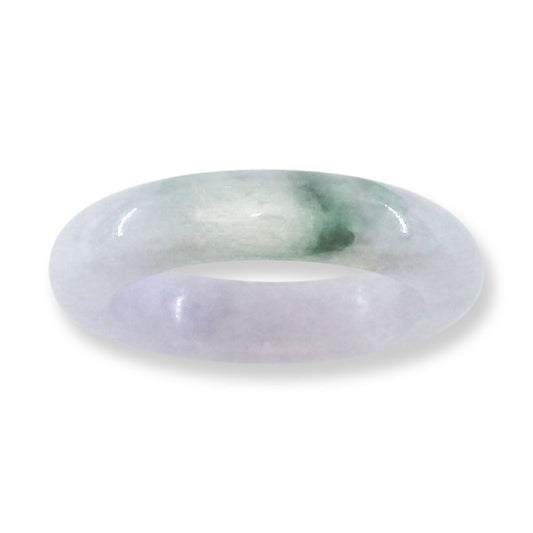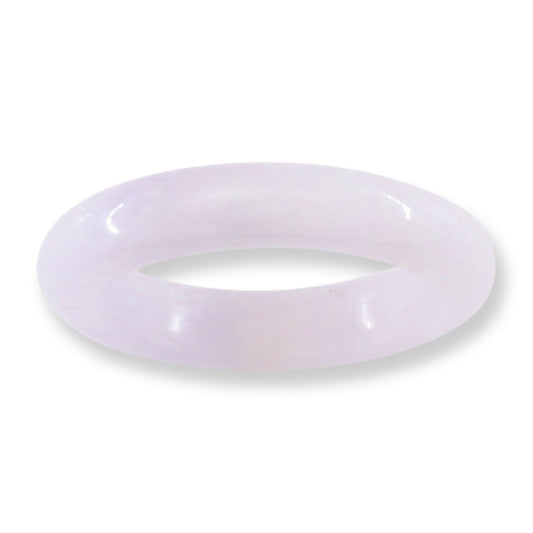Understanding the Value of Jadeite Jade Colors
When it comes to jadeite jade, green is the most prized color, closely followed by lavender. However, this doesn't mean that green jade is always more valuable than lavender. Given equal factors such as translucency, texture, and size, a green jade stone will typically command a higher price compared to other colors.
It's important to note that there is a range of quality within green jadeite jade, and some green stones can be quite affordable. On the other hand, although red jade isn't among the top three most valuable colors, a high-quality red jade stone can surpass a lower-quality green or lavender jade in value.
Red jade spans a broad spectrum in terms of value, with the finest true-red jade fetching extremely high prices. However, ultra-fine true-red jade is so rare that it is almost never seen on the market.
What causes the color in red jade?
Jadeite is allochromatic, meaning that in its purest form, it is colorless. The traditional colors we see in jadeite jade, such as green and lavender, occur due to chromophores replacing aluminum in the jadeite structure—chromium or iron for green and manganese or titanium for lavender.
In contrast, colors like yellow, orange, red, and brown are considered "secondary colors." These hues are not due to chromophores but are the result of staining from secondary iron oxide impurities that affect the stone after it has formed.

Other Names for Red Jade
As you will notice in this blog post, red jade is not always a true-red color. It's usually a reddish orange hue. Because of this, some sellers will assign alternative trade terms to red jade's color. These terms are loosely defined, but useful nonetheless, and include Honey Jade and Whiskey jade.
How is quality determined in red jade?
The quality of jade is determined by several factors: translucency, color, texture, cut, and size.

On the bottom-left, we have a low-quality red jade stone. Despite its lower quality, it is unique and enticing, making it an excellent choice for a custom piece of jewelry.
On the top-right, there is a medium-quality red jade stone, which is quite impressive compared to what is typically available on the market. This color of jade in a cabochon is actually somewhat rare.
Interested in purchasing loose red jade stones? Email kris@masonkay.com with your special requests
Qualities of Red Jade
Photo courtesy of Jewels of the Trade
The above example is of a rough piece of jade, the red/brown material is from the rind of the boulder. This is an example of low-quality "crumbly" jade. This material is dry and less durable compared to higher-quality, more translucent jades. Any color can be of low quality, just as any color can be of high quality—though some colors are rarer than others. High-quality red jadeite jade, for instance, is extremely geologically rare.
The higher the translucency, or rather the tighter the internal microstructure, the tougher the jade. While jade is known for its toughness and resistance to breaking, the quality seen here lacks that durability and is comparatively easy to break.

Photo courtesy of Jewels of the Trade
The above image is another example of lower-quality jade.

Red jade comes in a range of prices and qualities, but most red jade available on the market is quite affordable.


A strand of matched, translucent red beads is extremely hard to find. The rind of a boulder is typically so thin, and often dry. It’s hard to get good quality material at all, nonetheless a whole strand of matched beads. This might be the nicest strand of red beads I’ve personally seen in real life.
Is Red Jade Rare?
Jadeite jade is geologically rare, with fewer than 20 known deposits worldwide, many of which are difficult to access or mine.
Gem-quality jadeite jade is even rarer. Of these 20 known deposits, only a few yield significant quantities of gem-quality jadeite. The most notable mines are in Myanmar and Guatemala, with some good quality jade found in Russia, though it is seldom mined.
The red portion of a jade boulder is typically the smallest part, and most jadeite jade boulder rinds lack high-translucency true-red jade altogether. This rarity is why red jade is seldom seen in jewelry stores or worn in public. Ultra-fine quality red jade pieces are exceedingly scarce.
While red jade is undoubtedly rare, it's important to note that not all red jade is valuable.
Where to Buy Red Jade
You can shop natural red jadeite jade from Mason-Kay. Browse our collections of jade rings, jade earrings, jade pendants and more! You can also contact us directly by calling our main office in Colorado: 303-393-7575
Or email Kristina at kris@masonkay.com with your request.

